Can I Grow Citrus In My Landscape?
Citrus plants are very versatile around the home and may be used on their own, as hedges or in containers (many sizes are available). Their appearance, fragrance, and yield of fruit make them a desired tree to have in a Lowcountry Landscape.
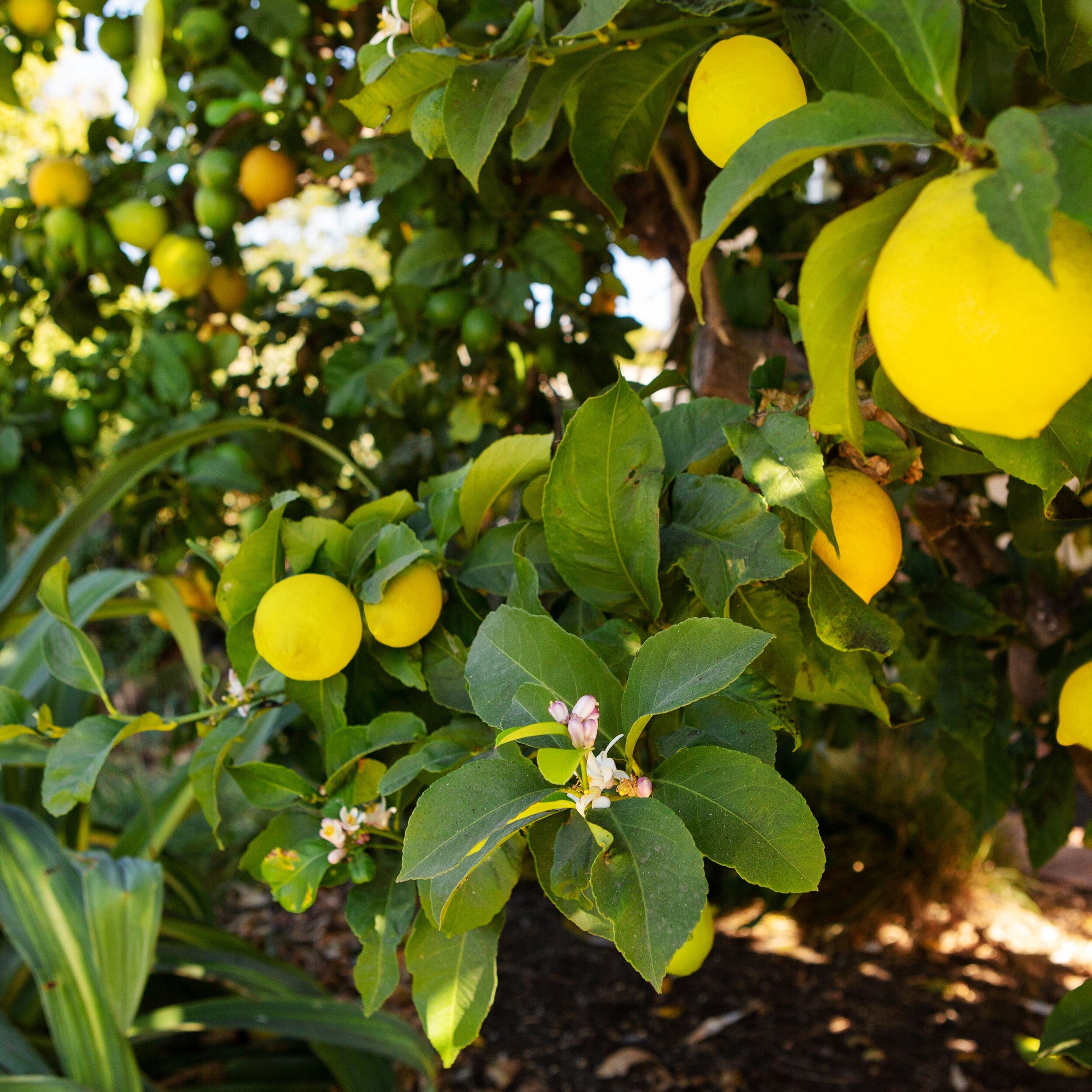

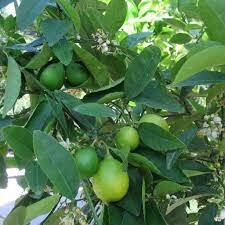
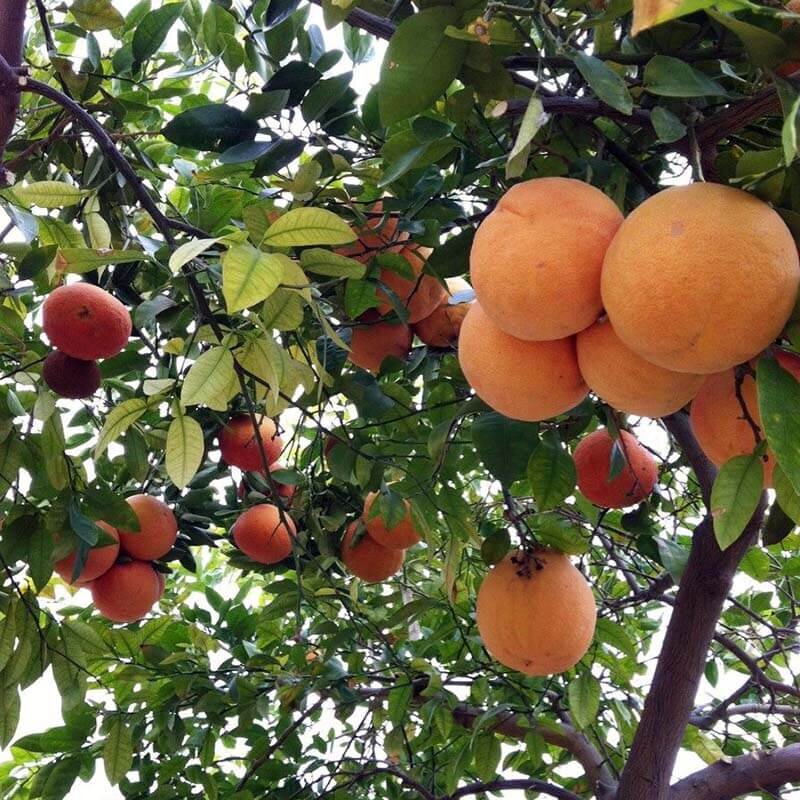
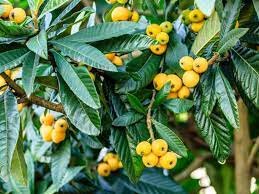
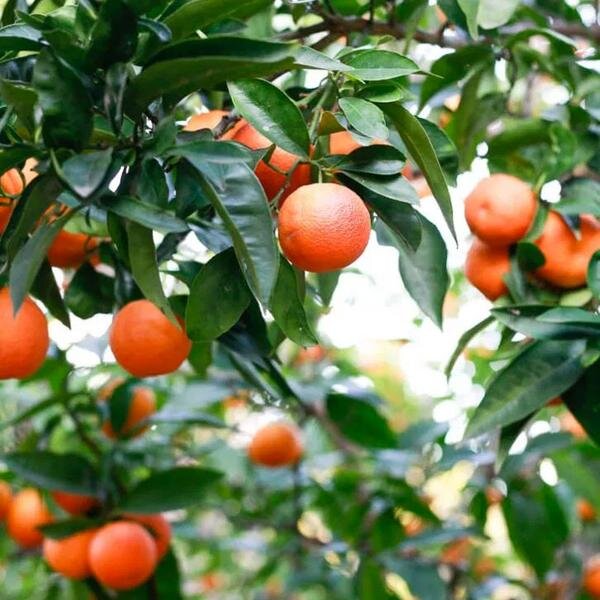
FERTILIZING & pH
The pH of the soil around citrus trees should be between 6.0 and 7.0.
Newly planted citrus trees should be fertilized after growth begins in the Spring with a complete fertilizer (8-8-8 or 10-10-10). It is recommended that during the first two years, fertilization takes place between March and July.
Lawn and shrub fertilizer may be used on citrus trees. If a specific citrus fertilizer is available, that will supply specific micronutrients that will benefit the tree. Three applications per year are recommended.
NOTE: Each plant and landscape should be assessed for their specific fertilization needs.
WEEDING & PRUNING
In general, citrus trees do not need to be pruned. If in the summer, dead, damaged, or diseased limbs are visible, make cuts flush with the trunk of the tree.
Removing weeds and lawn grasses from the base and canopy of citrus trees will benet the tree. Mulching is not necessary and should not be placed within 12 inches of the trunk.
WATERING
Citrus trees will be the healthiest when drip irrigation is utilized. Adequate water should be provided as needed, in early spring and any dry spells during the summer heat.
ADDITIONAL NOTES
During the first few years after planting, your citrus tree may not bear fruit. By year three or four, your tree should be yielding normal fruit.
Citrus trees can be planted on their own as they do not require cross-pollination with another tree.
